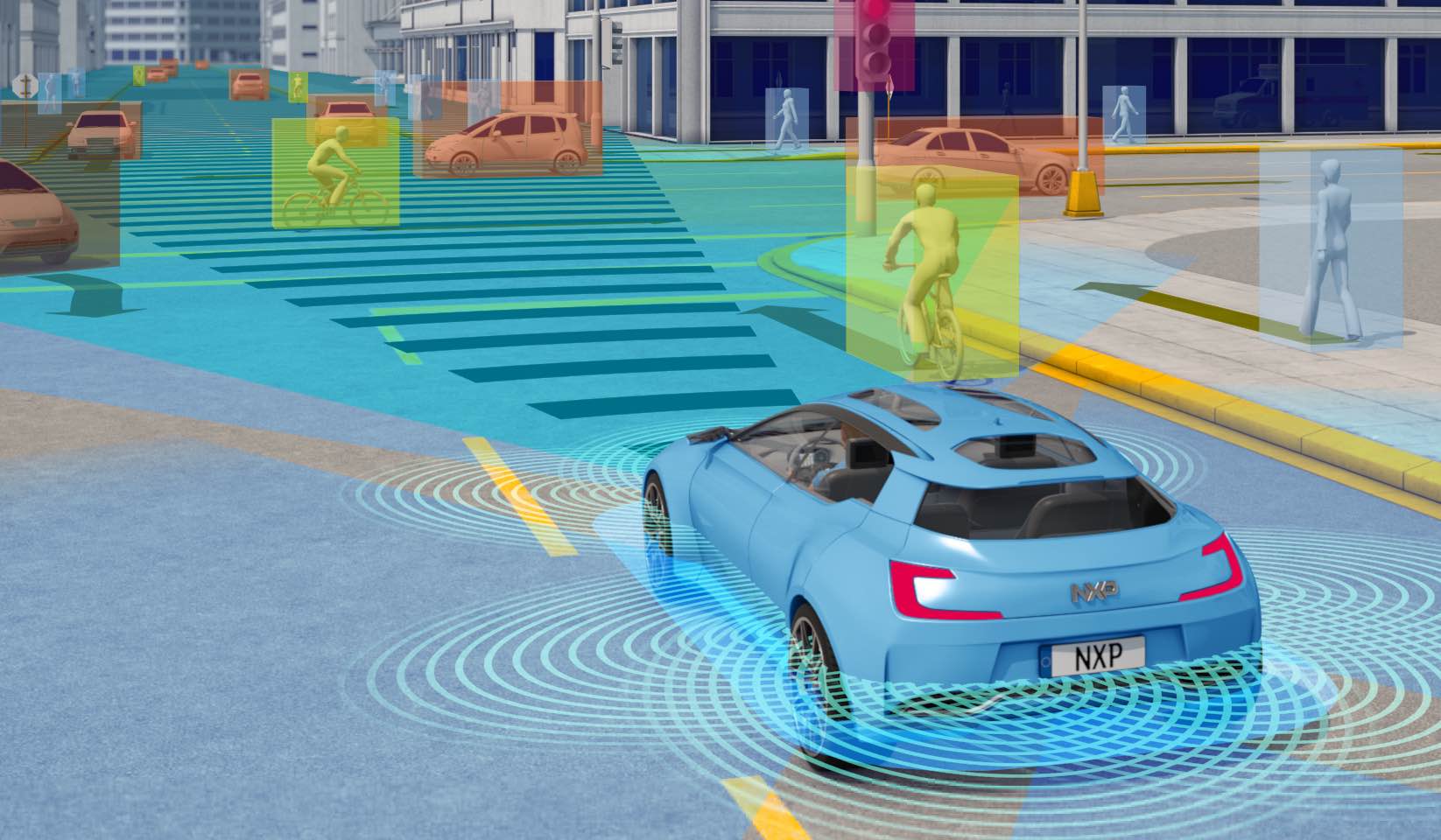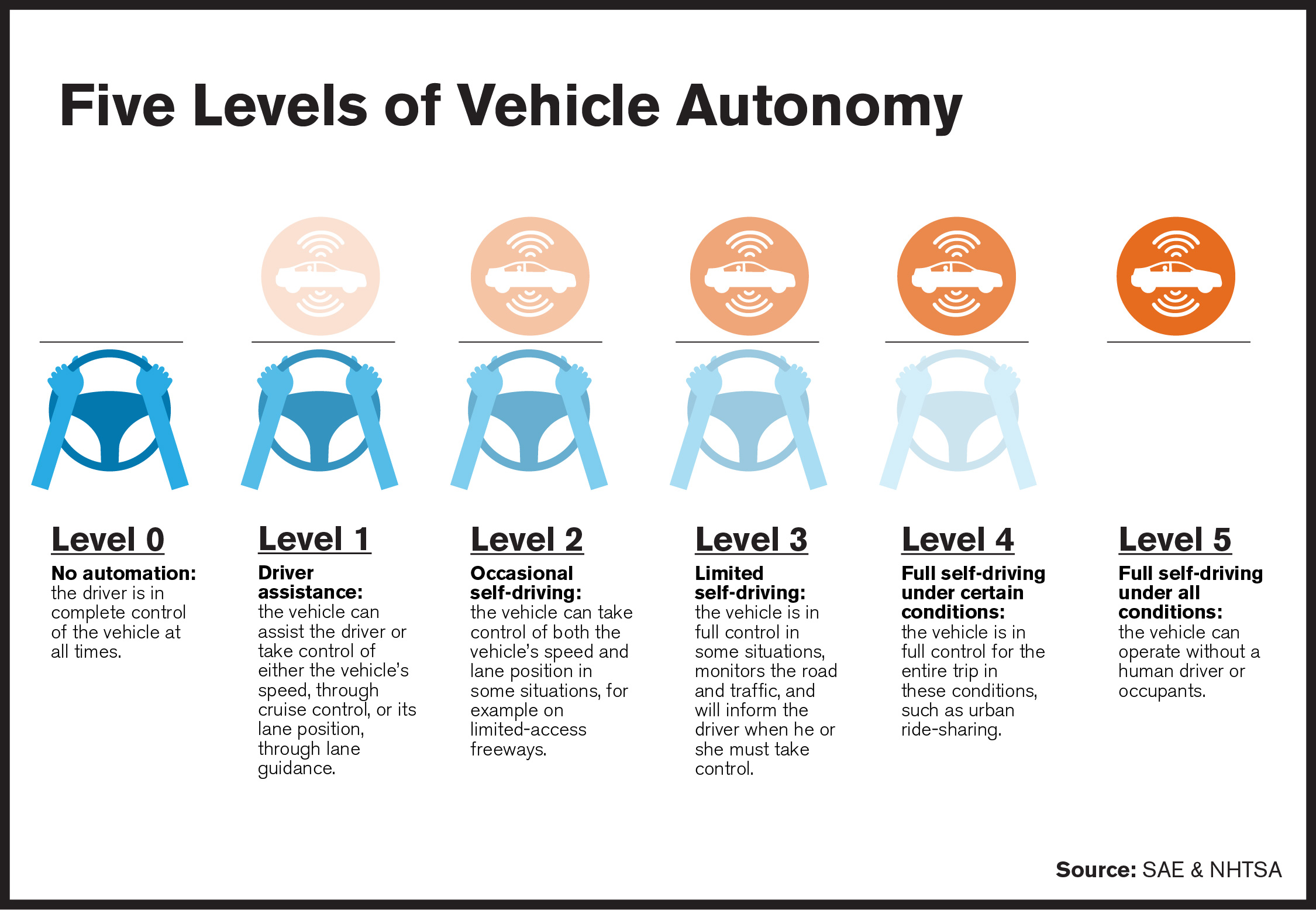Autonomous Vehicle Presentation
| Introduction to Autonomous Vehicles | ||
|---|---|---|
| Autonomous vehicles, also known as self-driving cars, are vehicles that can operate without human intervention. They use advanced technologies such as artificial intelligence, sensors, and cameras to navigate and make decisions on the road. Autonomous vehicles have the potential to revolutionize transportation by improving safety, reducing traffic congestion, and increasing efficiency. | ||
| 1 | ||
| Levels of Autonomy | ||
|---|---|---|
| Autonomous vehicles are categorized into different levels of autonomy, ranging from Level 0 to Level 5. Level 0 represents no automation, where the driver has full control. Level 5 represents full automation, where the vehicle can operate without any human input. | ||
| 2 | ||
| Benefits of Autonomous Vehicles | ||
|---|---|---|
| Enhanced Safety: Autonomous vehicles have the potential to significantly reduce human errors, which are responsible for most accidents. Improved Efficiency: Autonomous vehicles can optimize traffic flow, leading to reduced congestion and shorter travel times. Accessibility: Self-driving cars can provide transportation options for those who are unable to drive, such as the elderly or people with disabilities. | ||
| 3 | ||
| Challenges and Limitations | ||
|---|---|---|
| Legal and Regulatory Framework: The development and deployment of autonomous vehicles require new laws and regulations to address safety, liability, and privacy concerns. Technical Challenges: Autonomous vehicles must overcome technical challenges such as complex decision-making algorithms, robust sensors, and communication systems. Public Acceptance: Widespread adoption of autonomous vehicles will depend on public trust, acceptance of new technologies, and overcoming skepticism. |  | |
| 4 | ||
| Current Trends and Future Outlook | ||
|---|---|---|
| Continued Development: Autonomous vehicle technology is rapidly evolving, with major companies investing heavily in research and development. Ride-Hailing and Shared Mobility: Autonomous vehicles are expected to be integrated into ride-hailing services, enabling on-demand transportation. Environmental Impact: Self-driving cars have the potential to reduce greenhouse gas emissions by optimizing routes and promoting electric vehicle adoption. | ||
| 5 | ||
| Impact on Industries | ||
|---|---|---|
| Automotive Industry: Autonomous vehicles will disrupt the automotive industry, requiring manufacturers to adapt to new business models and technologies. Transportation and Logistics: Self-driving trucks and delivery vehicles can improve efficiency and reduce costs in the transportation and logistics sector. Insurance and Legal Services: The rise of autonomous vehicles will require insurance and legal services to adapt to new liability and regulatory challenges. | ||
| 6 | ||
| Conclusion | ||
|---|---|---|
| Autonomous vehicles have the potential to transform transportation by improving safety, efficiency, and accessibility. However, challenges related to regulation, technology, and public acceptance need to be overcome for widespread adoption. As the technology continues to evolve, autonomous vehicles are expected to have a significant impact on various industries and our daily lives. | ||
| 7 | ||
| References (download PPTX file for details) | ||
|---|---|---|
| Anderson, J. M., & Saxe, A. M. (2017). Autono... National Highway Traffic Safety Administratio... Your third bullet... |  | |
| 8 | ||





